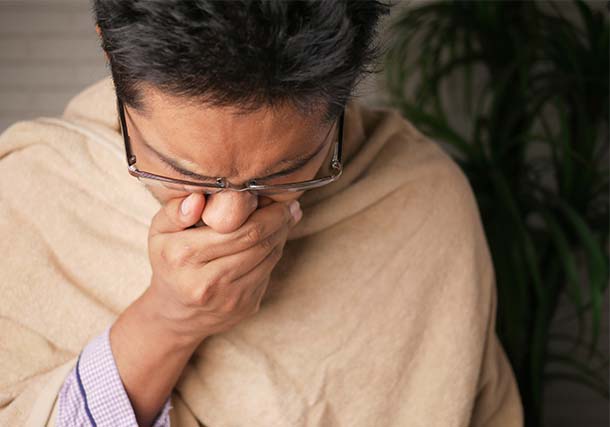
Seasonal Allergy Treatment in Charlotte
A seasonal allergy can be a frustrating and inconvenient condition for many individuals, especially when the weather is beautiful and you want to get outside and enjoy it. At Carolina Asthma & Allergy Center, we understand the impact that seasonal allergies can have on your lifestyle and well-being, and we are committed to providing comprehensive care to help manage and treat this condition.
Our team of board-certified allergists and experienced healthcare professionals is dedicated to providing personalized treatment plans and ongoing support to help you live your life to the fullest. Whether you are seeking a diagnosis, treatment, or ongoing management of your seasonal allergies so you can find relief from your symptoms, we are here to help you every step of the way.
How to Request an Appointment
At Carolina Asthma and Allergy Center, we offer comprehensive evaluation and treatment for seasonal allergies. If you suspect you may have a seasonal allergy or have experienced symptoms at certain times of the year, you can request an appointment with our team of board-certified allergists and experienced healthcare professionals.
To schedule an appointment, you can call our office or fill out the online appointment request form on our website. Our friendly staff will work with you to find a convenient date and time for your visit.
During your appointment, our allergists will review your medical history, perform a physical exam, and conduct any necessary tests to determine if you have seasonal allergies. Based on your evaluation, our team will develop a personalized treatment plan to help manage your symptoms and prevent future allergic reactions, especially during seasons when pollen and other allergens are at their highest.
What are Seasonal Allergies?
Seasonal allergies affect individuals who are allergic to pollen, dust, dander and more. Sometimes referred to as hay fever, seasonal allergies occur when plants bloom and are pollinating. People who suffer from seasonal allergies typically experience symptoms from spring to fall.

What are the Symptoms of Seasonal Allergies?
Seasonal allergy symptoms may vary between people. However, common signs that you’re affected include:
- Nasal congestion
- Cough
- Postnasal Drip
- Fatigue
- Sneezing
How Can Seasonal Allergies Be Diagnosed?
If you think you may be suffering from seasonal allergues, contact an allergist. He or she can take your medical history and recommend the best course of action to provide relief. Your doctor may recommend a skin prick test, where small amounts of allergens are pricked into your skin. If a raised bump, or hive, appears it means you are allergic to the material. Another option is an allergy blood test, where a laboratory measures your immune system’s reaction to allergens.
Seasonal Allergy Treatment in Charlotte
If possible, limit your exposure to allergens causing your seasonal symptoms. You can do this by keeping doors and windows shut and being aware of the pollen count outside. Over-the-counter medicine can be effective in relieving seasonal allergies that are not too severe. If symptoms are not manageable with over-the-counter medicine, your allergist may prescribe prescription medicine.
Summary
At Carolina Asthma and Allergy Center, we are dedicated to providing compassionate care and ongoing support to help you live your life to the fullest. Contact us today to request an appointment and take the first step towards managing your seasonal allergies.
Seasonal Allergy FAQs
What causes hay fever?
Hay fever is triggered by grass, tree, ragweed and weed pollens. It is estimated that between 40 and 60 million Americans suffer from hay fever. When your body is exposed to allergens and overreacts, hay fever symptoms occur. Some people suffer from perennial hay fever, which occurs year-round.



